Wondering how to clear up acne? The so-called acne diet might be the best place to start. But before we get into the list of ingredients and other things that can help acne, let’s start with the basics.
Contents
What is acne?
Acne is one of the most common dermatological conditions, affecting millions of young adults worldwide. It is generally accepted that excess sebum, hormones, bacteria, and hyperproliferation of follicular cells are causing acne. Acne affects more than 85% of teenagers in the United States and often continues into adulthood. The worst form can result in permanent scarring on the face, chest, and back.
What causes acne?
The medical term for acne is acne vulgaris. Acne occurs when the pores on your skin clog with sebum, bacteria, and dead skin cells. Pore blockages produce whiteheads, blackheads, and other types of pimples. There are several types of acne, including fungal acne, cystic acne, hormonal acne, and nodular acne.
How is acne treated?
The most important thing is to find out what works for you, and that can depend on many factors, such as your age and sex, how bad your acne is, and how long you have had it, among many other things. You can check out this WebMD article on understanding acne treatment.
Interestingly, at the beginning of the 2000s, it was claimed that caloric restriction has no benefit in treating acne and that there is insufficient evidence to link the consumption of certain “food enemies” to acne. Recently, studies have suggested a rather close relationship between diet and acne.
What you eat affects how your body functions overall. So it stands to reason that what is good for acne isn’t much different from what’s good for a healthy body. Although there is no dietary cure, diet can certainly help manage your acne successfully.
What actually happens? How are you raising your chances of getting (more) acne from particular food? Namely, certain foods raise your blood sugar more than others. When blood sugar spikes quickly, the pancreas produces more insulin-like growth factor 1 (IGF-1), a hormone that manages the effects of growth. Excess IGF-1 in your blood can cause your oil glands to produce more sebum, increasing your risks of acne and inflammation.
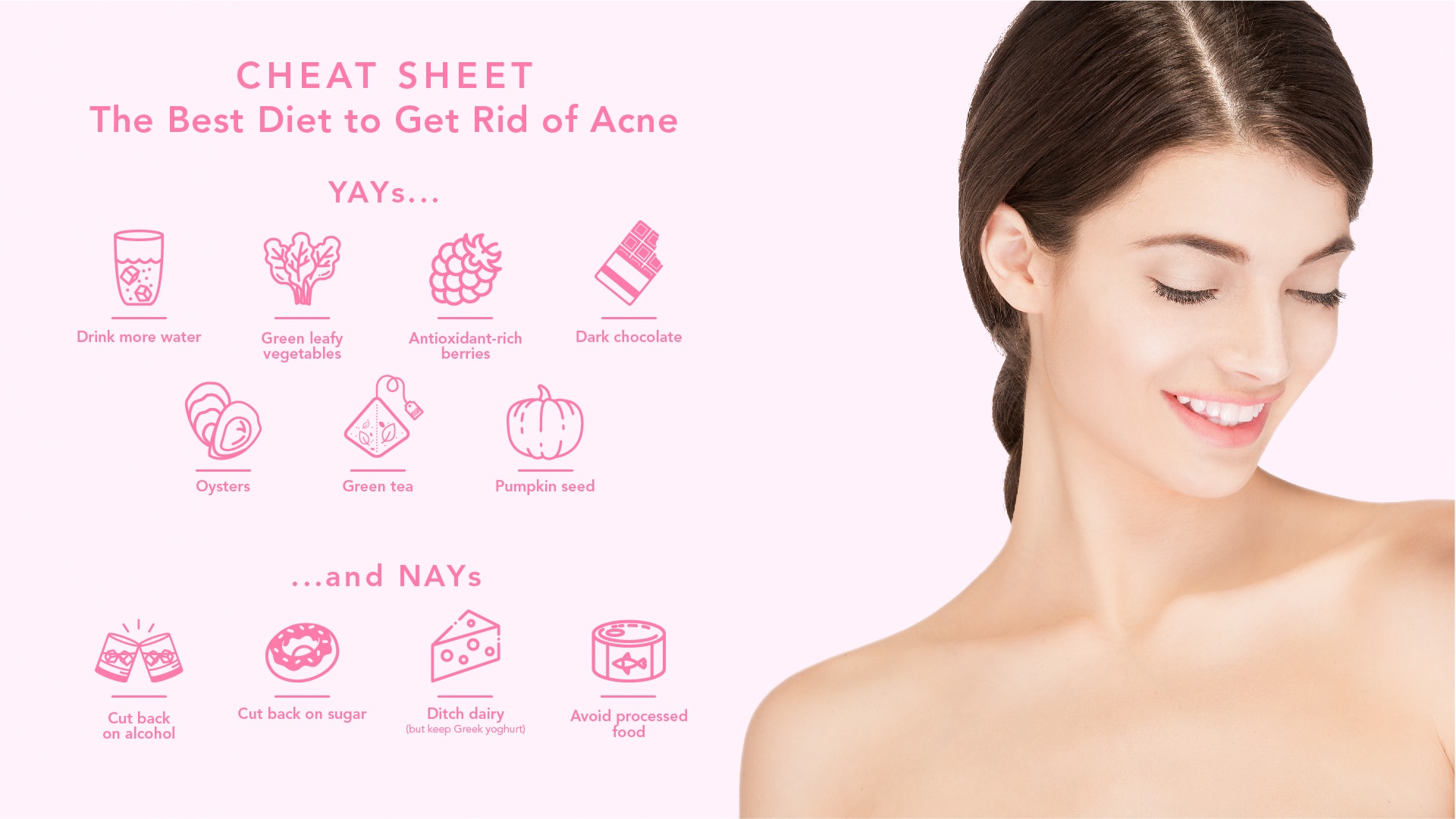
The Acne Diet
The biggest takeaway from recent studies on diet and acne is that a low-sugar, well-balanced diet is ideal for reducing inflammation and regulating hormone (and, thus, sebum) levels.
Here are our top tips for a clear skin diet: drink enough water, cut back on sugar and alcohol, avoid processed food, and ditch dairy.
Drink more water
Staying hydrated is nothing more than Nutrition 101. After all, your body is 60 percent water, so it’s no surprise you need to drink enough water to optimize physical processes. Drinking water is also crucial as a certain percentage of people mistake hunger for thirst, so when in doubt, drink water first. Water is the foundation of healthy, clear skin, so aim for eight glasses of water every day. It will not cure your acne, but it is essential for your skin, and there are indications it can help, both directly and indirectly, in treating acne.
Cut back on sugar
Sugar is decidedly not a part of any acne diet. Unfortunately, it’s in many of the foods we eat all day, making it difficult to avoid. Keep your daily sugar intake within the recommended two to four servings of the fructose found in fruit, and avoid sugars found elsewhere, like in refined carbohydrates and candy aisle sweets. Sugar, particularly from certain sources, can make acne worse, as the study proved.
Sugar doesn’t do us well in any regard. Cutting it down will not only help your acne condition but also benefit your collagen level because sugar causes skin aging by covalently cross-linking two collagen fibers, which renders both incapable of easy repair.
Cut back on alcohol
As we already know, alcohol impacts negatively on your skin. Then there’s the simple and stark fact that alcohol is literally a poison you are choosing to put in your body (and probably paying good money for) that can cause heart disease, stroke, and dementia – to name a few nasty side effects. Forget your skin – just about every organ in your body hates alcohol. If you consume alcohol, do so in moderation – and drink lots of water to mitigate alcohol’s effects.
Avoid processed foods
Processed foods tend to contain more sugars, salts, and fats than we need, while meals prepared with fresh ingredients at home are healthier because you can control what you put in. It may seem complicated and more costly at first, but once you have stocked your kitchen with the essential cooking ingredients you routinely need, you’ll find that cooking at home isn’t just healthier, it’s also more affordable. You’ll never return to eating from packages again as you will experience numerous benefits, not only on your skin but also on your energy level and overall health.
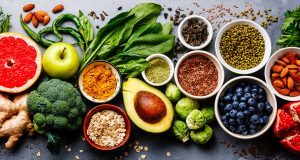
Ditch dairy (but keep Greek yogurt)
Dairy is high in sugar content (yes, lactose is also a sugar, just like glucose and fructose). Specifically, though, dairy consumption has been linked to increased acne. Although dairy is high in nutrients our bodies love – like calcium and protein – food from animals may not be the ideal source of protein. Some studies show the association between animal protein intake and an increased incidence of cardiovascular disease and some cancers.
The science isn’t totally conclusive, but recent recommendations are heading towards decreasing the intake of animal proteins, not only for your skin but for your general health benefit.
You don’t have to strike dairy from your list altogether: try a sugar-free (or as close to sugar-free as possible) Greek yogurt as a source of calcium, protein, and probiotics.
Ingredients You Need to Include on Your Menu
There are so many healthy diet suggestions for clear skin, that you can definitely choose some or, in the best case scenario, enjoy them all – here is the list of skin-friendly foods:
Green leafy vegetables
Recent fad diets like the alkaline diet have advocated for regulating your body’s pH by consuming more “alkaline foods” and reducing your intake of “acidic” foods.
The truth is, our bodies already regulate our internal pH, but that doesn’t mean this diet trend isn’t on to something with its promotion of more veg. Proponents recommend beets, broccoli, cauliflower, celery, cucumber, kale, lettuce, onions, peas, peppers, and spinach. It’s not rocket science – the more vegetables you incorporate, the clearer your skin and the healthier your body.
Antioxidant-rich berries
Like vegetables, the more antioxidants you can eat, the better – especially if you struggle with acne. A diet rich in antioxidants can decrease mild to moderate acne. Good thing berries are so delicious – try blueberries, blackberries, cherries, and goji berries.
Dark chocolate
Dark chocolate is the healthiest kind of chocolate you can treat yourself to. It’s relatively low in sugar, and depending on the kind, contains very little to no dairy. It also contains zinc, another acne-fighting nutrient. Happily, it’s also delicious, so go ahead and treat yourself in moderation, of course.
Oysters
Oysters are famous aphrodisiacs, but for our story, the important fact is that they are rich in zinc. This mineral treats acne on several fronts: it kills the bacteria that cause acne, reduces inflammation, and helps regulate oil production. So, depending on what you’re looking for, oysters can meet all your needs in one meal (wink). Just make sure your oysters are sustainably farmed.
Pumpkin seeds
Not a shellfish fan? No worries, you can find zinc in plenty of other places. For your daily dose of zinc, sprinkle some pumpkin seeds on top of a salad or munch on them at work as a snack.
Green Tea
Try incorporating green tea into your diet – it’s rich in polyphenols (poly-what?). Don’t worry about pronouncing them; just know that polyphenols increase blood flow and oxygen to the skin, improving its overall look, feel, and, most importantly, health.
What Else Can Help Treat Acne?
There are many things you can do when acne persists, and here are some of the suggestions from the American Academy of Dermatology Association.
One of the things you can benefit from is using beauty-tech devices such as LUNA™ 4 for the most advanced and personalized face cleansing, followed by ESPADA™ 2 plus LED therapy for recurring acne. LUNA™ 4 provides deep-in pore cleanse using gentle T-Sonic™ pulsations and advanced technology, effectively removing 99% of dirt, oil, and makeup residue. With its personalized cleansing experience, this device offers a range of modes and intensities, allowing you to tailor your skincare routine to your specific skin needs.
ESPADA™ 2 plus is FDA-cleared medical technology with a precise light guide to target each spot with ultra-concentrated blue LED light – for clinically proven, professional results. As the ultra-concentrated blue LED penetrates below the skin, it kills acne-causing bacteria at the source, preventing future breakouts. You might want to complement the treatment with ESPADA™ BHA+PHA Blemish Solution – a concentrated yet lightweight gel clinically proven to reduce blemishes in just three days. Paired with ESPADA™ devices, you can treat acne with double the power – both on the surface and deep below the skin.
If the acne diet isn’t quite doing the trick, treat yourself to the blemish-fighting power of the ESPADA™ 2 plus blue light acne treatment. Clear breakouts quickly, eliminate acne-causing bacteria, and give yourself the gift of beautiful, healthier-looking skin.

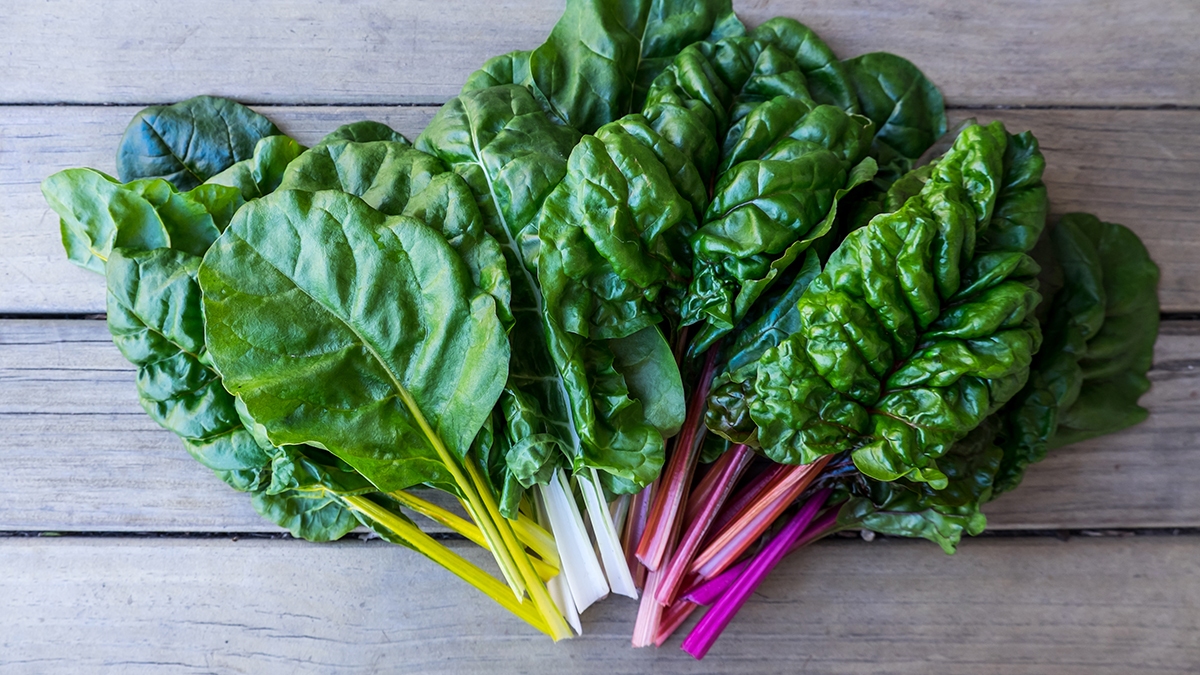
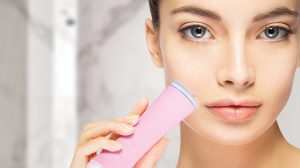
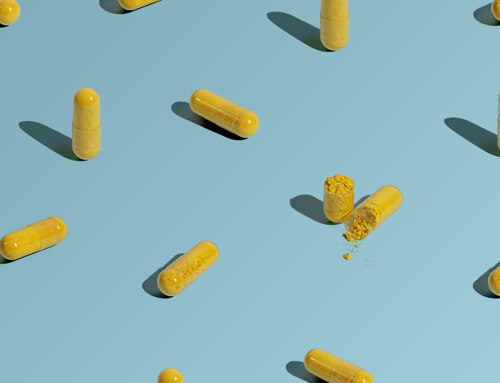
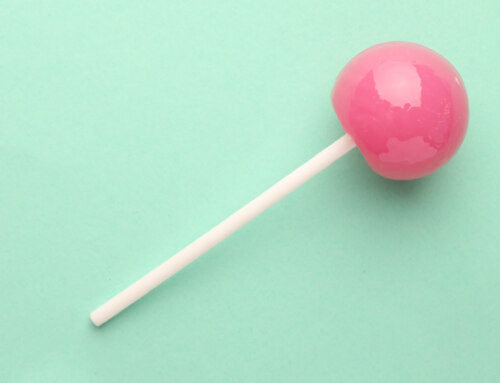
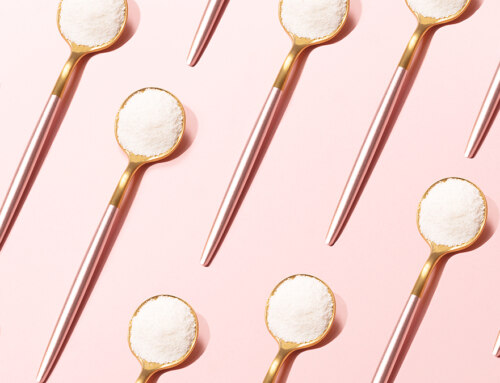
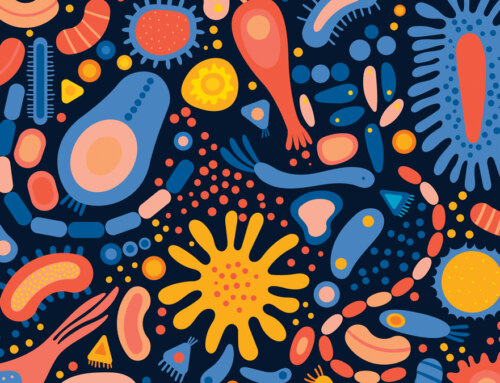
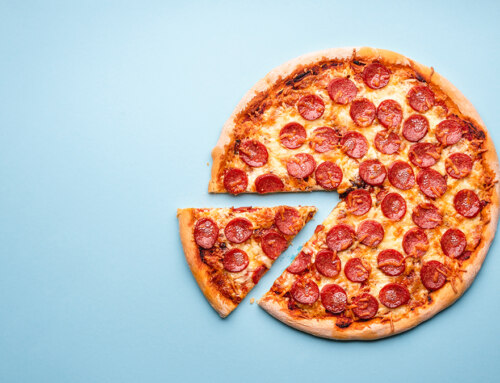
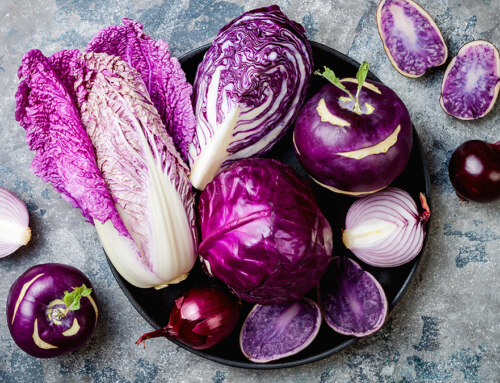
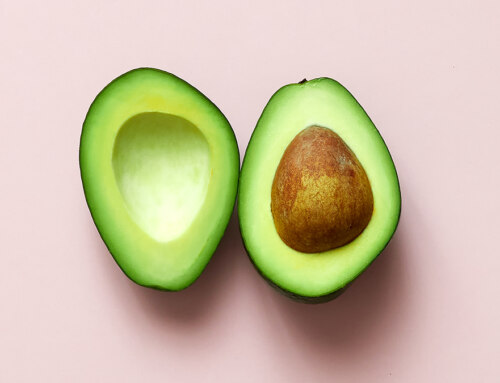
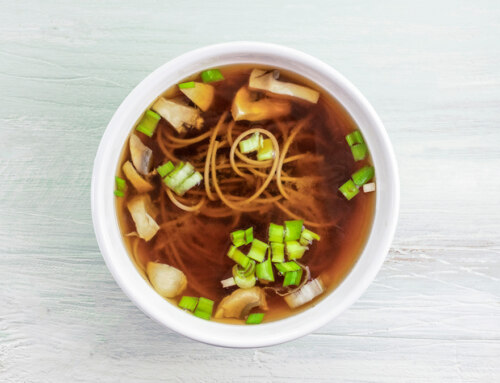
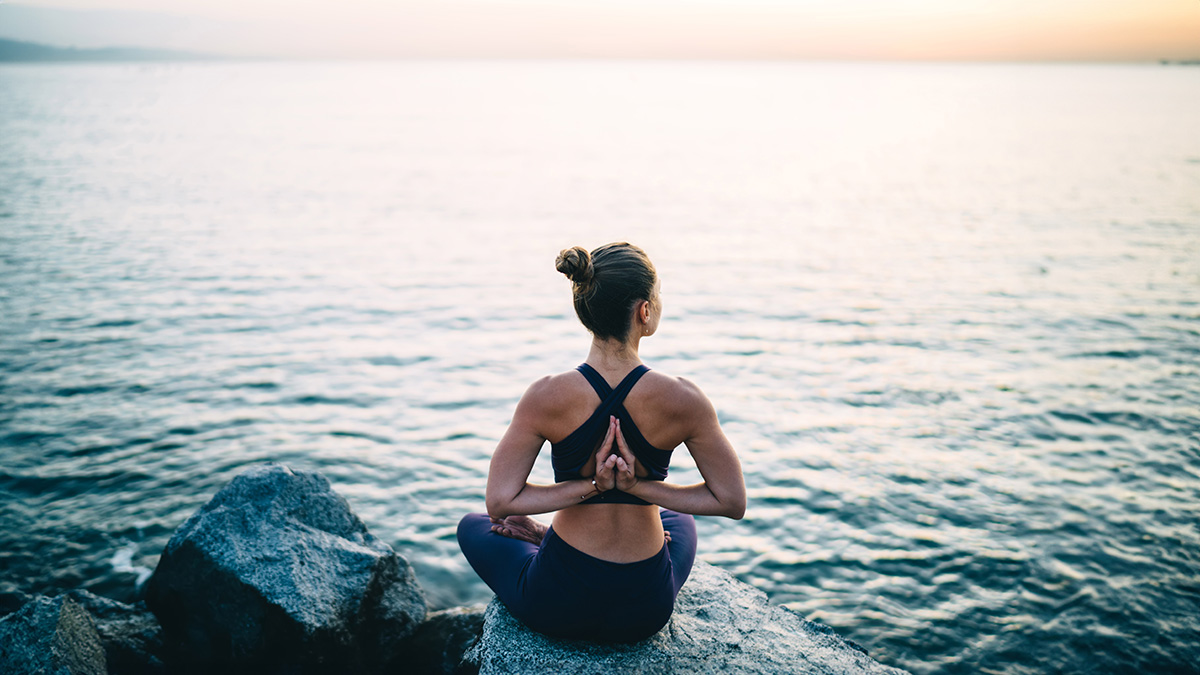

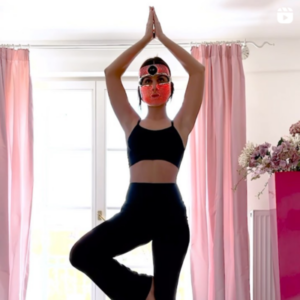
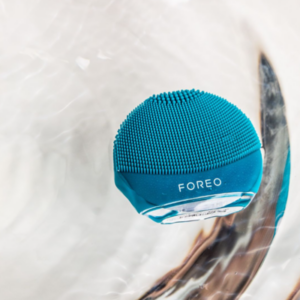
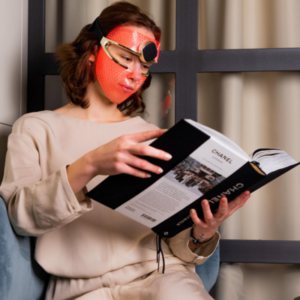
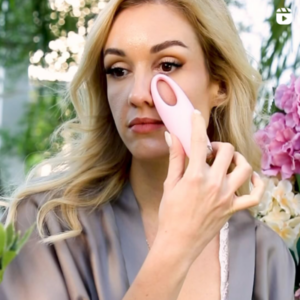
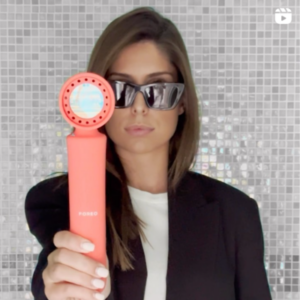
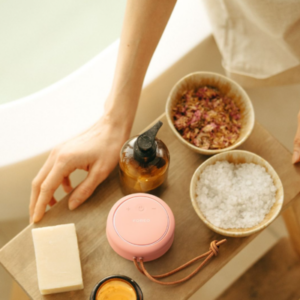
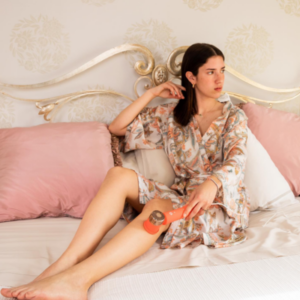
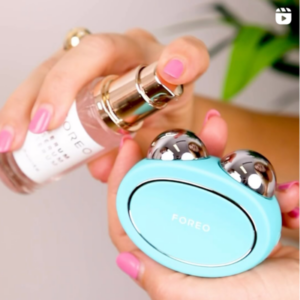
Thank you for other nice posts too. Can other people get information in that ideal way? I have a presentation next week, and I’m looking for such information.
Hi there,
We’re delighted to hear that you’ve found our posts helpful! We strive to provide valuable information to our customers and anyone seeking knowledge in the ideal way.
Good luck with your presentation :)
Nice!!! Thank you for sharing this informative article. I’m glad you found the information useful and are thinking about implementing some of the suggestions. Discover the future of decentralized finance with Opris Exchange! We offer one of the finest empowering you to create your secure, feature-rich, and user-friendly cryptocurrency wallet solution.
Hello dear Sophia!
Thank you for sharing your thoughts with us! Keep reading and you will see more interesting stuff coming :) <3
“Discovering the best diet to get rid of acne has been a game-changer for me! It’s incredible how the right balance of nutrients can have such a positive impact on our skin. Following a clean, well-balanced diet rich in fruits, vegetables, and whole grains while minimizing processed foods has not only improved my complexion but also boosted my overall health. Remember, healthy skin starts from within, and this diet is the key to clear, radiant skin. Highly recommended!” #HealthySkinJourney
Hi Charlotee!
We totally agree! What you eat and drink is a big part of what your skin is going to look like. Keep eating right and your skin will be G-L-O-W-I-N-G! <3
Thankyou for shareing this, i so attention about your article..
Hi there! Thank you for reading! :D
There are more interesting articles on the way..
It’s time to feel the sensation of a different game and gain profits
Hello, hello,
Thank you for the comment! Keep reading :)